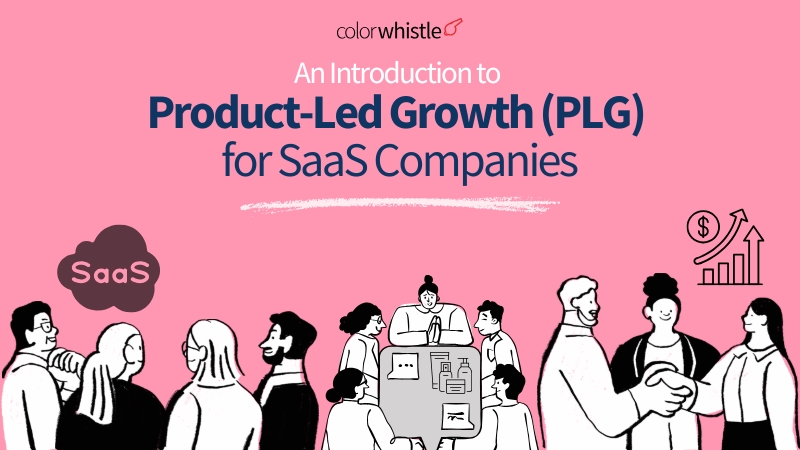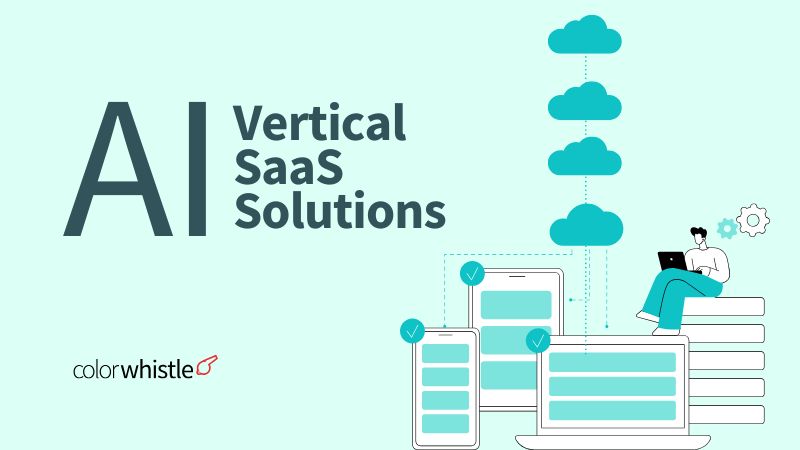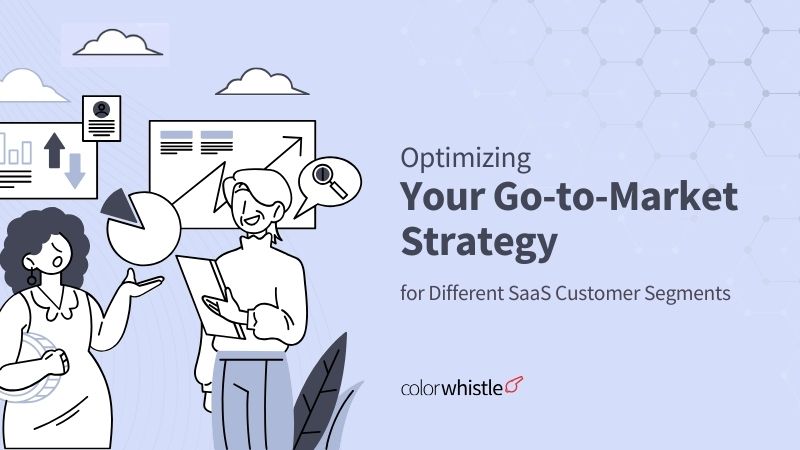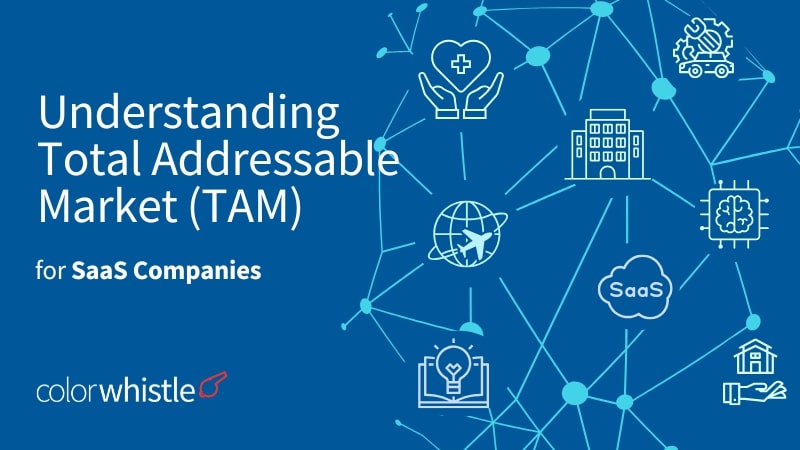Growth strategies for SaaS companies are continuously evolving. One of the most powerful strategies gaining momentum is Product-Led Growth (PLG). This approach shifts the focus from traditional marketing and sales tactics to putting the product at the forefront of customer acquisition, retention, and expansion. With PLG, the product itself becomes the main driver of business growth. This blog will delve into what PLG is, how it works, and why SaaS companies are increasingly adopting it as their go-to strategy.
Team up with a trusted digital marketing company that knows how to implement Product-led Growth strategies tailored to your SaaS business. With the right experts by your side, you’ll be set for unstoppable growth!
What is Product-led Growth (PLG)?
Product-led growth is a business methodology where the product is leading in attracting, converting, and retaining customers. Instead of relying solely on sales teams or extensive marketing campaigns, PLG allows customers to experience the product value first-hand. Think of it as “try before you buy,” where the product’s inherent value convinces users to become paying customers.
In a PLG strategy, the product’s usability, features, and overall customer experience are meticulously designed to drive engagement and satisfaction. By prioritizing user experience, the product itself becomes a powerful marketing tool.
Well-known SaaS companies like Slack, Zoom, and Dropbox have adopted PLG models, showcasing how letting users freely explore the product can lead to successful conversions and organic growth.
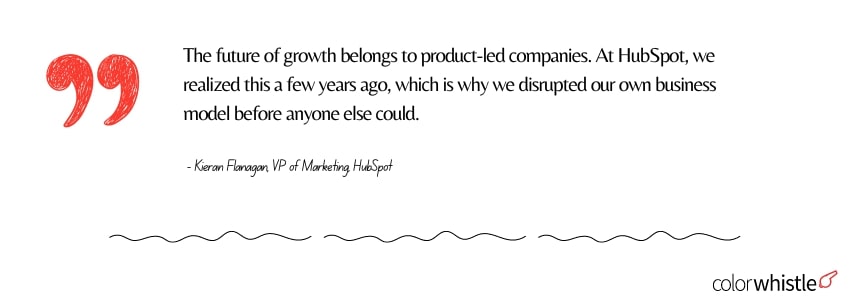
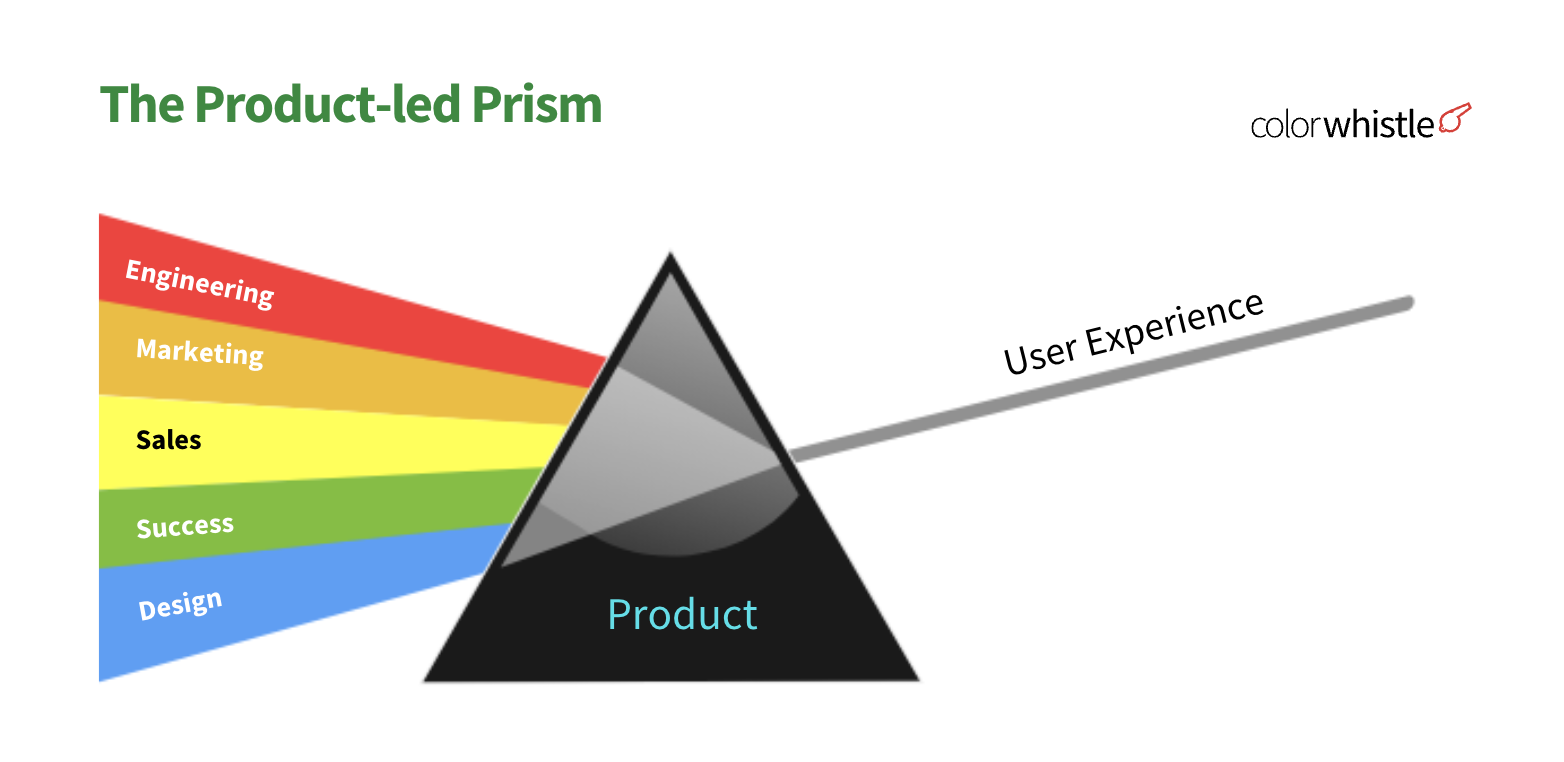
The Product-led Prism
The product-led prism is a way of thinking where every department within a company—like Sales, Marketing, Customer Success, Engineering, and Design—focuses on delivering a great user experience. The image illustrates this by showing different functions forming a unified product strategy.
When these teams work together effectively, they help shape a product that meets user needs and makes it easier for customers to see its value.
The result?
A positive user experience that encourages adoption, satisfaction, and growth. In simple terms, the product becomes the main tool for attracting and keeping customers, rather than just traditional marketing or sales efforts.
How Does Product-led Growth Work?

PLG is built around the idea that users should experience the product’s value upfront. Here’s how it typically works:
Free Trials or Freemium Models
Many PLG-driven SaaS companies offer free trials or freemium versions of their products. This allows potential customers to interact with the product without the barrier of an initial purchase.
Slack offers a freemium model where small teams can use the platform for free with certain limitations, giving users a taste of the product’s capabilities before committing to a paid plan.
Onboarding and User Experience
In a PLG model, onboarding is crucial. The product should guide users intuitively through its core features, helping them quickly reach the “WOW!” moment—the point where they realize the product’s value.
Dropbox makes it simple to drag and drop files into its system, showcasing its ease of use and value right from the start.
User Engagement and Product Adoption
The product must continually deliver value to maintain user engagement. Regular updates, new features, and an emphasis on solving user problems ensure that customers continue using the product. As users engage more deeply with the product, they are more likely to explore its full capabilities, leading to increased adoption and, ultimately, conversions to paid plans.
Data-Driven Insights
PLG relies heavily on data analytics to understand user behavior. By tracking how users interact with the product, companies can identify which features drive engagement and conversion. This data helps refine the product and the user journey, further optimizing for growth.
Viral Growth Loops
The product itself should include mechanisms that encourage users to spread the word. Features like collaboration tools, social sharing options, or referral programs can turn users into advocates.
Zoom allows free users to host meetings and invite others, effectively turning every meeting participant into a potential new user.
What sets a product-led business apart is that every team uses the product to achieve their objectives. By involving the product team throughout the entire organization, product-led businesses ensure a seamless and consistent customer experience across all departments.
- A product-led marketing team focuses on how the product can become the primary lead magnet.
- The product-led sales team focuses on how can the product itself qualify prospects so that we’re only talking to those who already see its value
- The product-led customer success team works toward building a product that helps users succeed independently, minimizing the need for direct assistance.
- Lastly, the product-led engineering team strives to create a product that delivers quick value, ensuring users experience its benefits right away.
By aligning every department around the product, product-led companies create a cohesive strategy that drives growth and customer satisfaction.

Also Read
Why is PLG Ideal for SaaS Companies?
The Product-led Growth strategy is a new way of growing SaaS Business.
PLG is a growth strategy that puts the product in users’ hands early, reducing reliance on long sales cycles and heavy marketing. Here’s why it suits SaaS companies:
- Lower Customer Acquisition Costs (CAC) — PLG uses free trials or freemium models to attract users, reducing the need for large sales and marketing budgets.
- Faster Time to Value (TTV) — Users experience the product’s value quickly through streamlined onboarding, speeding up conversions.
- Improved Retention — By focusing on product experience and satisfaction, PLG encourages long-term user engagement and upgrades.
- Scalability and Organic Growth — PLG fosters viral growth through user collaboration and referrals, driving acquisition without major marketing efforts.
Product-led Growth strategy is not just about suspending the way you sell your products, it is also about how you survive the market.
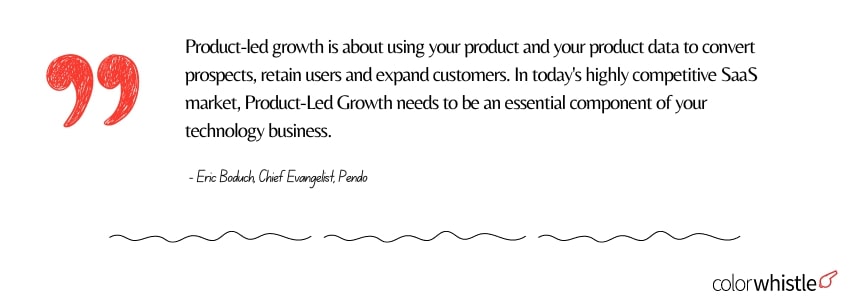
Key Metrics to Focus on in a PLG Strategy
Product Adoption Rate: Tracks how many users are actively using the product. A high rate shows the product is valuable.
Activation Rate: Measures users reaching the “Aha!” moment. A higher rate leads to better conversions.
Customer Retention & Churn: Low churn means users find ongoing value; high churn highlights areas for improvement.
Expansion Revenue: Revenue from existing customers upgrading or purchasing more features indicates long-term growth potential.

Companies like Slack, Zoom, Dropbox, Atlassian, Canva, and Notion have successfully leveraged Product-Led Growth by offering freemium models, enabling users to experience value first-hand, driving organic growth and conversions.
Also Read
How to Implement Product-led Growth Strategy to Your SaaS Business?
Transitioning to a PLG model requires a strong focus on product development, user experience, and data-driven decision-making
- Develop a freemium or free trial model, showcasing value and encouraging upgrades.
- Ensure a simple, clear onboarding process to help users quickly realize the product’s benefits.
- Track user behavior to identify valuable features and refine the product accordingly.
- Include mechanisms for users to invite others or share their experiences, like referral programs.
- Continuously improve the product by gathering and acting on user feedback.
It’s Time to Start
Product-led growth (PLG) is revolutionizing how SaaS companies grow by placing the product at the center of customer acquisition and retention. PLG enables businesses to scale organically and cost-effectively, with examples like Slack, Zoom, and Dropbox showcasing how a great product experience drives growth. For SaaS companies looking to maximize conversions and build lasting customer relationships, partnering with a digital marketing agency that understands and implements PLG strategies and digital marketing services can deliver unprecedented success.
In the SaaS landscape, letting your product shine is not just a strategy—it’s essential. Start your PLG journey and witness growth through the power of the product itself.
Stroll through our ColorWhistle pages to discover our tailored services. Ping us or call us at +1 (919) 234-5140, and we’ll be on it like paint on a canvas! Our services are as unique as your business — let’s make magic happen together!
What’s Next?
Now that you’ve had the chance to explore our blog, it’s time to take the next step and see what opportunities await!

